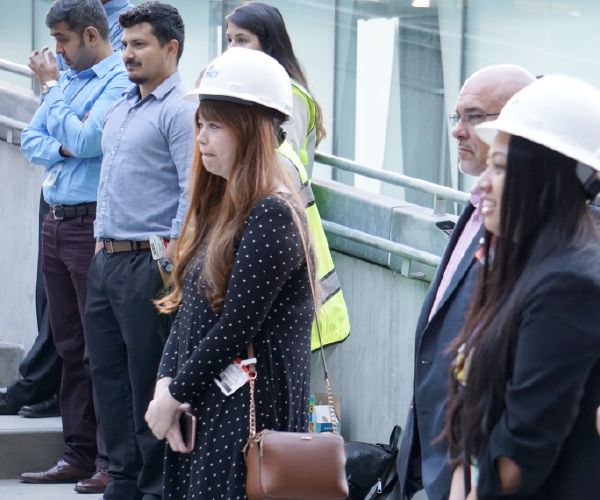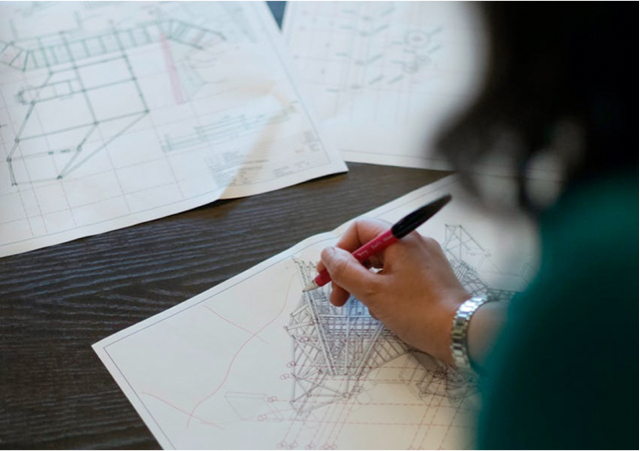.main-contentTrade at one of the world’s busiest seaports, the Port of Long Beach in California, is now enhanced by a cable-stayed bridge designed to handle the growth in cargo traffic transported over — and beneath — its deck.
Since 1968, traffic to and from California’s Port of Long Beach, one of the busiest ports in the world, has been served by the Gerald Desmond Bridge, a steel-truss through-arch bridge that was designed to carry workers back and forth from the now-decommissioned Long Beach Naval Shipyard to the city of Long Beach. By 2012, the bridge was far over capacity, carrying an astonishing 15% of all North American maritime container traffic in the form of heavy semitrucks, making it a critical infrastructure link on a regional and national scale — but vastly over its intended use.
In addition to being over capacity, the bridge was also not high enough to allow the passage of post-Panamax container ships, and its two-by-two lane configuration was no longer sufficient. Moreover, the bridge was seismically vulnerable, Long Beach being located in an active earthquake zone.
So, the Port of Long Beach, in collaboration with the California Department of Transportation, began to plan for a replacement bridge that would add capacity and accommodate larger ships. In 2012, they awarded a design-build contract for the Gerald Desmond Bridge Replacement Project to a joint venture of Shimmick Construction, FCC Construcción S.A., and Impregilo S.p.A (now known as Webuild); the JV is known as SFI. Lead design services were performed by Arup in association with Biggs Cardosa Associates, BKF Engineers, and Kimley-Horn and Associates. Program management and construction management were provided by WSP.
Arup designed a discreet but powerful innovation, called a Texas U-turn, to help move traffic around the lengthy approaches to this bridge.
The Gerald Desmond Bridge Replacement Project involved the design and construction of a 2,000 ft long cable-stayed bridge over the Port of Long Beach’s Back Channel and roughly 2 mi of concrete box-girder approach structures. The cable-stayed main bridge is the longest structure of its type on the West Coast of the United States, the first of its type for vehicles in California, and the second-tallest cable-stayed bridge in the nation. Featuring two slender 515 ft tall monopole towers, balanced deck proportions from the back span to the main span, a two-by-three lane configuration, and moderated longitudinal slopes, the new bridge is visually stunning as well as functionally advanced.
ASCE is continuing to monitor the COVID-19 situation both internationally and domestically with guidance from federal, state and local governments and health officials.



